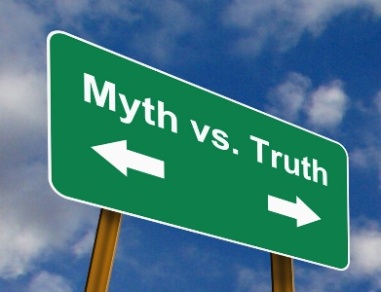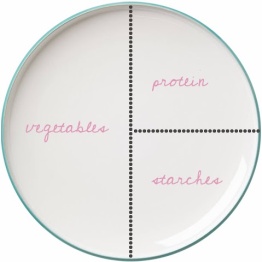Test your knowledge! Read the summary of our #breastmyths Twitter chat.
Myth or Fact: Women with lumpy breasts have a higher risk of breast cancer.
Myth! There is no increased risk BUT it may be harder to read mammogram results. Ultrasounds are usually recommended.
Myth or Fact: If I feel a lump in my breast, it’s breast cancer. Are all lumps in the breast cancer.
Myth! There is some possibility; breast changes are common, and it is not guaranteed. About 80% of breast lumps are not cancer-related. Always ask your doctor.
Myth or Fact: A mammogram flatten my breasts.
Let’s clarify. Your breasts will be temporarily pressed to make your results as clear as possible. After the exam, your breasts will return to their normal shape.
Myth or Fact: Women with smaller breasts don’t have to worry as much about breast cancer.
Myth! There is no evidence to support this. Women with small breasts should still get regular annual mammograms.
Myth or Fact: Breast pain means I have breast cancer.
Breast pain MAY be a sign of breast cancer, but it does not guarantee it. Schedule an appointment to get it checked out.
Myth or Fact: I should have my breasts examined once a year by my doctor or nurse?
Doctors and nurses can examine your breasts! A clinical breast exam (CBE) is a physical examination of your breasts that can be done by a doctor, nurse practitioner, nurse, or physician assistant every three years starting at age 20. Mammograms are annual screenings that involve a machine that captures images.
Myth or Fact: Breast cancer always comes in the form of a lump.
A lump MAY be cancer, but NOT always. Swelling, skin irritation, or even underarm swelling can also be symptoms
If you have questions, please feel free to leave them in the comments, email them to cbcc@georgetown.edu, tweet them, or message us on Facebook! The more women know about their breasts and their annual mammograms, the more they will practice health-promoting behaviors. Thank you for helping us get the word out!




